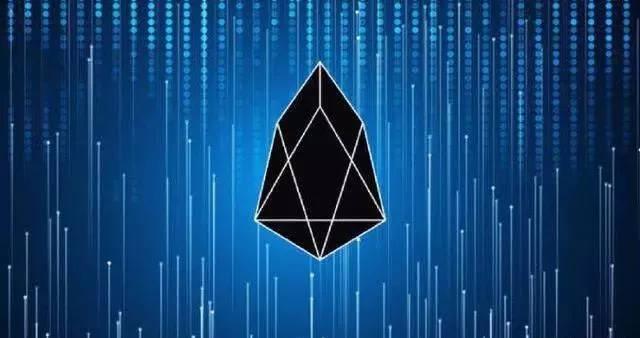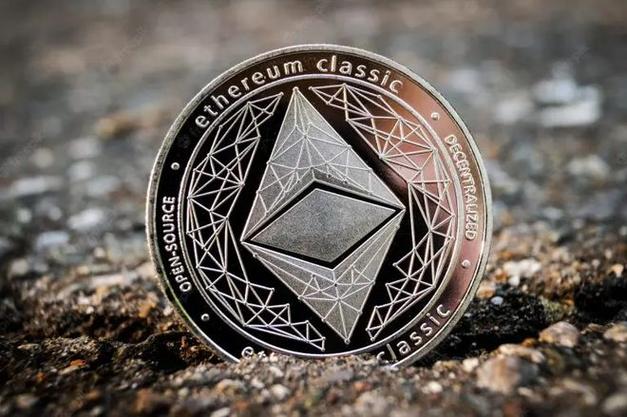
EOS/ETH: A Comprehensive Overview
When it comes to the world of cryptocurrencies, EOS and ETH are two of the most prominent players. Both have their unique features and strengths, making them popular choices among investors and developers. In this article, we will delve into the details of EOS and ETH, comparing their functionalities, market performance, and future prospects.
Understanding EOS
EOS is a blockchain platform that aims to solve the scalability issues faced by other cryptocurrencies. It was launched in 2017 by Daniel Larimer, the co-founder of BitShares and Steemit. EOS is designed to be a decentralized operating system that can support commercial-scale decentralized applications (DApps).

One of the key features of EOS is its consensus mechanism, known as Delegated Proof of Stake (DPOS). Unlike Proof of Work (PoW) used by Bitcoin and Ethereum, DPOS allows for faster transaction speeds and lower energy consumption. In DPOS, token holders vote for block producers, who are responsible for validating transactions and creating new blocks.
EOS also offers a unique governance model. The platform allows token holders to vote on various aspects of the network, including the addition of new features and the removal of malicious actors. This decentralized governance ensures that the network remains transparent and democratic.
Understanding ETH
Ethereum, launched in 2015 by Vitalik Buterin, is a blockchain platform that enables the creation of smart contracts and decentralized applications. It is one of the first blockchain platforms to introduce the concept of smart contracts, which are self-executing contracts with the terms of the agreement directly written into lines of code.
Ethereum uses the Proof of Work (PoW) consensus mechanism, similar to Bitcoin. However, Ethereum is working on transitioning to Proof of Stake (PoS) to improve scalability and reduce energy consumption. The transition is known as Ethereum 2.0 and is expected to be completed by 2022.

One of the standout features of Ethereum is its smart contract functionality. These contracts allow developers to create decentralized applications that can perform complex tasks without the need for intermediaries. This has led to the rise of a thriving ecosystem of DApps, including decentralized finance (DeFi) platforms and non-fungible tokens (NFTs).
Market Performance
When comparing the market performance of EOS and ETH, it is essential to consider their market capitalization, trading volume, and price trends.
| Cryptocurrency | Market Capitalization (USD) | 24-hour Trading Volume (USD) | Price (USD) |
|---|---|---|---|
| EOS | 3.5 billion | 100 million | $4.50 |
| ETH | 200 billion | 10 billion | $1,800 |
As seen in the table above, Ethereum has a significantly larger market capitalization and trading volume compared to EOS. This is due to Ethereum’s widespread adoption and its role as a foundational platform for the blockchain industry. However, EOS has been making strides in terms of market performance, with its price increasing by over 100% in the past year.
Future Prospects
Both EOS and ETH have promising future prospects, but their paths may differ.
EOS is expected to continue growing as more businesses and developers adopt its platform for building DApps. The platform’s scalability and efficient governance model make it an attractive choice for enterprises looking to enter the blockchain space. Additionally, the upcoming release of EOSIO 3.0 is expected to bring further improvements to the platform, including better performance and enhanced security.
Ethereum’s transition to PoS with Ethereum 2.0 is a significant development that could significantly improve its scalability and reduce energy consumption. This transition is expected to open up new opportunities for DApps and DeFi platforms, further solidifying Ethereum’s position as a leading blockchain platform.
While both EOS and ETH have their strengths, it is essential to consider your investment goals and risk tolerance when choosing between them. Ethereum’s larger market capitalization and widespread adoption make it a more stable investment, while EOS’s unique features and potential for growth may appeal to more speculative investors.



